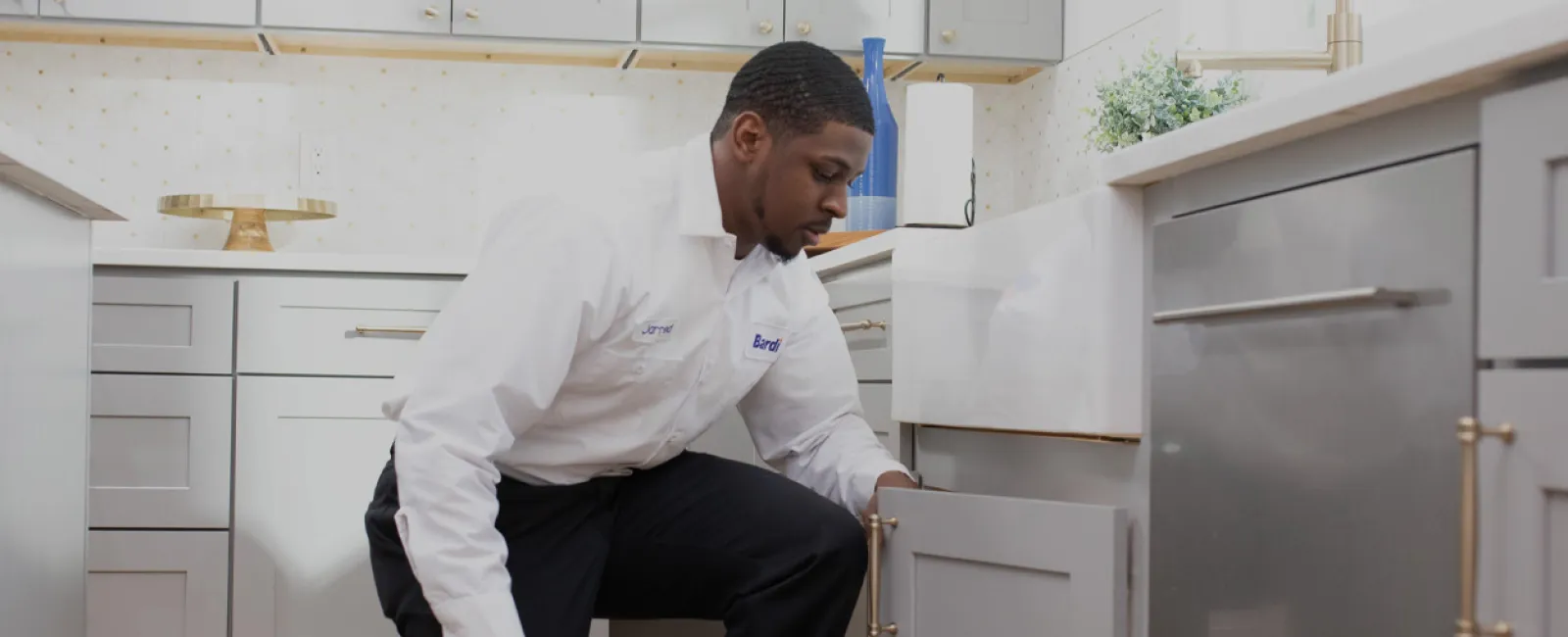October 28, 2011
Several HVAC components are responsible for cooling your home, but the most crucial component is a compressor. A compressor begins the AC process by compressing utility gas, after which the condenser fan cools the gas, causing it to condensate on the condenser coil. If your compressor needs repair or replacement, this process may be compromised by a lack of gas compression, which could lead to a lack of cool air. If your air conditioner runs as usual, but stops producing cool air, it may be a sign that your condenser needs work.
Repair Vs. Replacement
Because residential air conditioners contain hermetically sealed compressors, replacing a compressor is usually easier and less expensive than repairing it. If your compressor needs replacement, Bardi Heating and Air Conditioning will perform the replacement in the following steps:
Shutting the System Down
The first step in home AC repair is removing power from the air conditioner. Homeowners and HVAC technicians have received serious shocks while attempting to replace a compressor without de-energizing the AC system.
Removing the Refrigerant
The next step is removing refrigerant from the system. Today, environmental regulations require refrigerant to be captured and disposed of in a way that doesn’t contaminate soil or water.
Removing the Old Compressor
Once the refrigerant is removed, the refrigerant lines are cut and the old compressor is removed. If the old compressor used an obsolete form of refrigerant, additional components may need to be removed and replaced as well (e.g. thermal expansion valves and condenser coil).
Installing the New Compressor
The new compressor is put in the old compressor’s place, and silver soldering is used to attach its refrigerant lines to the existing lines. If other new components are needed, they are installed as well.
Applying a Vacuum
With the new compressor in place, a vacuum is applied to the air conditioning system to remove air from the refrigerant lines and compressor. If leaks are present, they will become apparent when the vacuum is applied.
Removing Moisture
Traces of moisture should be removed to prevent damage to the compressor, condenser coil, and other components. In addition to manually removing moisture, it may be necessary to install a special drier in the system.
Adding New Refrigerant
Because most commercial air conditioners are hermetically sealed, special attention must be paid to the volume, temperature, and pressure of the refrigerant as it is charged into the new compressor.
Restarting the System
Once the charge is complete, power is restored to the air conditioner and it is tested for proper operation. If no problems are detected, your air conditioning system is ready to use.
Is Your Compressor Having Problems?
The goal is to address a compressor problem with the correct HVAC replacements before the compressor stops working. Often, compressor problems are indicated by strange noises that occur while the system is in use. These noises include:
• Banging or clanking, which could indicate loose compressor parts
• Hissing or bubbling, which could indicate refrigerant leaks
• Screaming, which could indicate a dangerous level of pressure
• Humming, which could indicate low oil volume
If you notice these or other strange noises emanating from your air conditioning unit, call the home AC repair specialists at Bardi Heating and Air Conditioning. There may be a problem with your compressor that, if left unaddressed, could leave your home without air conditioning.






